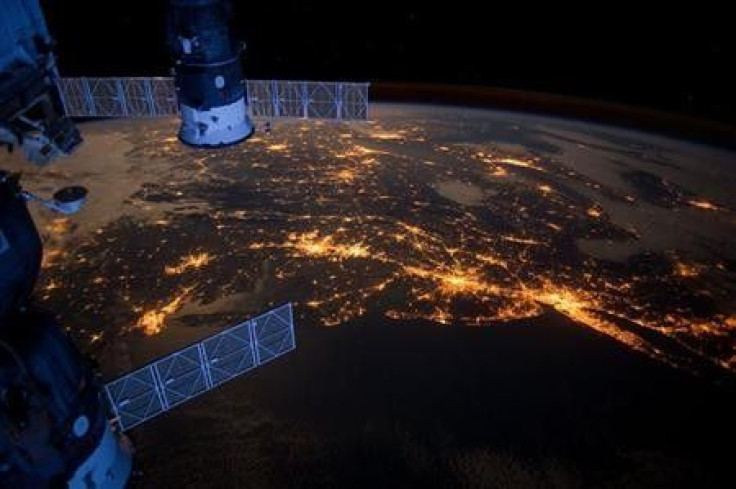How To Spot The International Space Station: When Will It Fly Over?

The International Space Station can seem like an abstract idea to most people seeing as most people aren’t astronauts.
The idea that at any given time there are up to 10 people up in space just orbiting the Earth can be fascinating. And technological advances have made it easier for those on the ISS to connect with people back here on Earth, astronauts can live stream and video chat and even tweet from space.
Read: International Space Station Astronauts Returning To Earth
But if after video, photos and tweets you still can’t get enough of the ISS you may want to step outside and watch it pass overhead.
On a clear night the ISS is visible as it circles the Earth, but depending on your location it may not be heading right overhead or structures or trees may obscure it from view. It needs to be passing at least 40 degrees above the horizon from your location to be visible.
To find out when the ISS will be passing over you, and what angle to look for it at, you can visit NASA’s “Spot the Station” website. You can also sign up to receive alerts for optimal viewing times. The degree listed under “appears” is the degree and direction above the horizon you can expect to see the station appear.
It’s fairly easy to locate with the naked eye. It travels slower than a shooting star, but faster and more steadily than an airplane does and it doesn’t blink. It’s traveling at 17,500 miles an hour, and circles the Earth every 90 minutes. Instead of blinking it’s solid light because it’s reflecting light off of the sun, so it’s lit up very brightly.
© Copyright IBTimes 2024. All rights reserved.











